A Moment Of Humanity On The Battlefield: Exploring The Locations Of The Christmas Truce Of 1914
A Moment of Humanity on the Battlefield: Exploring the Locations of the Christmas Truce of 1914
Related Articles: A Moment of Humanity on the Battlefield: Exploring the Locations of the Christmas Truce of 1914
Introduction
With great pleasure, we will explore the intriguing topic related to A Moment of Humanity on the Battlefield: Exploring the Locations of the Christmas Truce of 1914. Let’s weave interesting information and offer fresh perspectives to the readers.
Table of Content
A Moment of Humanity on the Battlefield: Exploring the Locations of the Christmas Truce of 1914
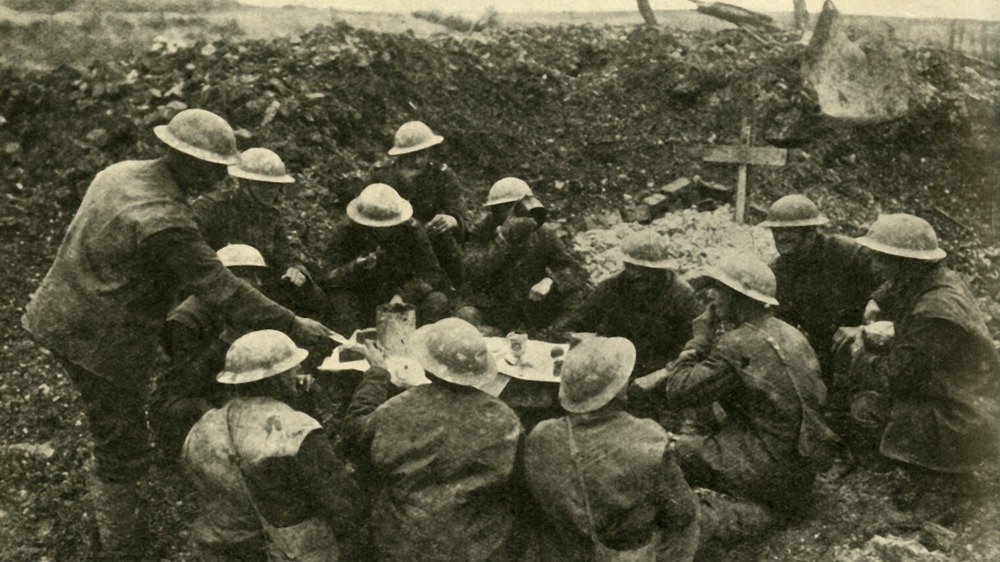
The Christmas Truce of 1914, a spontaneous and widespread cessation of hostilities along the Western Front during the Christmas period, stands as a poignant testament to the enduring power of human empathy amidst the brutal reality of warfare. While the truce was not a formal agreement between the warring nations, it emerged organically from the shared humanity of soldiers on both sides, transcending the lines of national animosity and military orders. To understand the significance of this remarkable event, it is crucial to explore the specific locations where it unfolded, recognizing the diverse landscapes and trenches that served as the backdrop for this brief moment of peace.
The Western Front: A Stage for Unprecedented Conflict
The Western Front, stretching from the Belgian coast to the Swiss border, was the primary theater of war during World War I. Characterized by its vast expanse and complex trench systems, it became a defining feature of the conflict, shaping the strategies and experiences of soldiers on both sides. The trenches, dug into the earth to provide cover from enemy fire, served as the soldiers’ homes, offering limited protection from the elements and the constant threat of bombardment. The landscape of the Western Front, encompassing fields, forests, and urban areas, was transformed by the relentless warfare, leaving behind a scarred and desolate landscape.
Locations of the Truce: A Patchwork of Shared Humanity
The Christmas Truce of 1914, while not a singular event confined to a specific location, occurred across various sections of the Western Front, reflecting the widespread desire for peace and the shared humanity of the soldiers. While precise locations and details vary, some key areas where the truce unfolded include:
- Ypres Salient, Belgium: This area, known for its heavy fighting and brutal conditions, witnessed a significant display of the truce spirit. The German and British soldiers, separated by a network of trenches, engaged in singing carols, exchanging gifts, and even playing football across the no-man’s land.
- Artois, France: Another location where the truce took hold, Artois saw German and French soldiers interacting across the trenches. They shared food, cigarettes, and even exchanged Christmas cards, forging a temporary bond of camaraderie.
- Champagne Region, France: This area, known for its rolling hills and vineyards, also witnessed the truce, with German and French soldiers engaging in friendly interactions. They exchanged gifts, played music, and even shared stories of their lives before the war.
Beyond Specific Locations: The Truce as a Shared Experience
While these specific locations offer a glimpse into the geographical context of the truce, it is important to remember that the spirit of peace extended beyond these particular areas. Soldiers across the Western Front, from the frozen landscapes of Flanders to the rugged terrain of the Vosges Mountains, found themselves participating in the truce in their own unique ways. The shared desire for peace, the yearning for a moment of respite from the horrors of war, transcended the physical boundaries of trenches and battlefields.
The Significance of the Truce: A Moment of Hope in a Time of Despair
The Christmas Truce of 1914 holds profound significance for several reasons. It stands as a powerful reminder of the human capacity for empathy and compassion, even in the midst of war. The truce shattered the dehumanizing narrative of the enemy, revealing the shared humanity of soldiers on both sides. It also offered a brief respite from the brutal realities of warfare, providing soldiers with a moment of peace and connection.
The Legacy of the Truce: A Call for Peace and Understanding
The Christmas Truce of 1914 continues to resonate with people today, serving as a powerful symbol of the human cost of war and the importance of peace. It reminds us that even in the most challenging circumstances, the desire for peace and understanding can prevail. The truce serves as a call to action, urging us to work towards a world where such acts of spontaneous humanity are not mere exceptions but rather the norm.
FAQs
Q: Was the Christmas Truce of 1914 a formal agreement between the warring nations?
A: No, the Christmas Truce was not a formal agreement between the warring nations. It emerged spontaneously from the shared humanity of soldiers on both sides, transcending the lines of national animosity and military orders.
Q: Did the Christmas Truce occur everywhere along the Western Front?
A: While the truce was widespread, it did not occur everywhere along the Western Front. The extent of the truce varied depending on the specific location, the attitudes of the commanding officers, and the intensity of fighting in the area.
Q: What were some of the activities that soldiers engaged in during the truce?
A: Soldiers engaged in various activities during the truce, including singing carols, exchanging gifts, playing football, sharing food, and even exchanging Christmas cards. These activities reflected the shared desire for peace and the longing for a moment of connection amidst the horrors of war.
Q: How did the Christmas Truce come to an end?
A: The Christmas Truce ended as military orders were reissued, reminding soldiers of their duty to fight for their respective nations. The truce was also met with disapproval from some higher-ranking officers who viewed it as a sign of weakness.
Tips
- Explore firsthand accounts of the Christmas Truce: Reading memoirs, diaries, and letters from soldiers who participated in the truce can provide valuable insights into their experiences and the impact of the event.
- Visit historical sites associated with the truce: Traveling to locations where the truce occurred, such as the Ypres Salient or Artois, can help you visualize the landscape and understand the context of the event.
- Engage in discussions about the Christmas Truce: Talking about the truce with friends, family, or classmates can help raise awareness of its significance and its enduring message of peace and understanding.
Conclusion
The Christmas Truce of 1914, a brief but powerful moment of humanity on the battlefield, remains a testament to the enduring power of empathy and compassion. It reminds us that even in the darkest of times, the human spirit can find ways to transcend conflict and embrace peace. The truce serves as a reminder of the importance of understanding, dialogue, and the pursuit of peace, urging us to strive for a world where such acts of spontaneous humanity are not mere exceptions but rather the foundation of our shared existence.



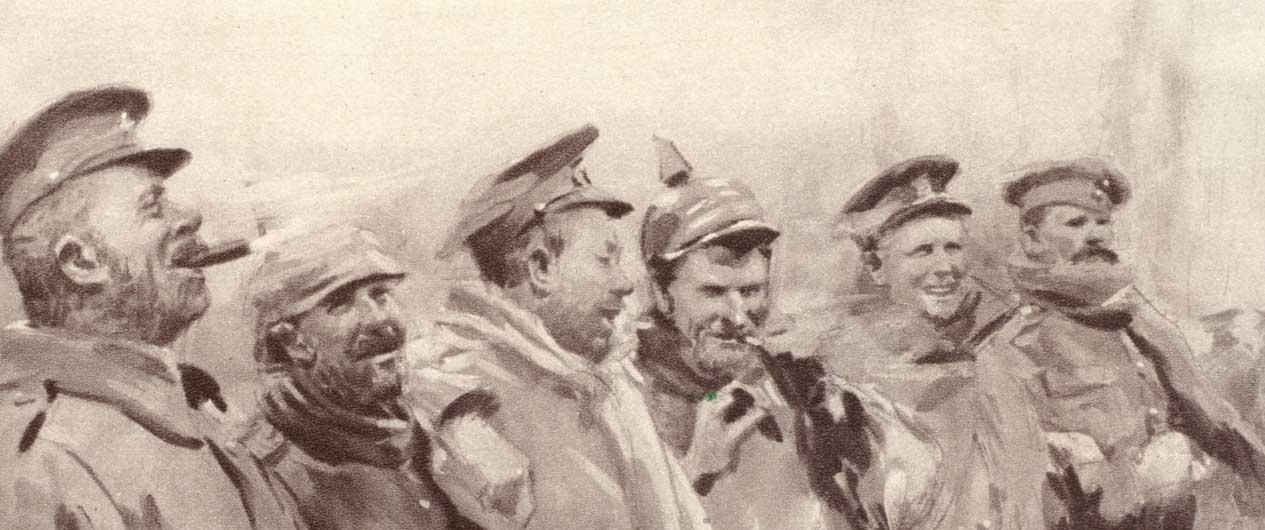
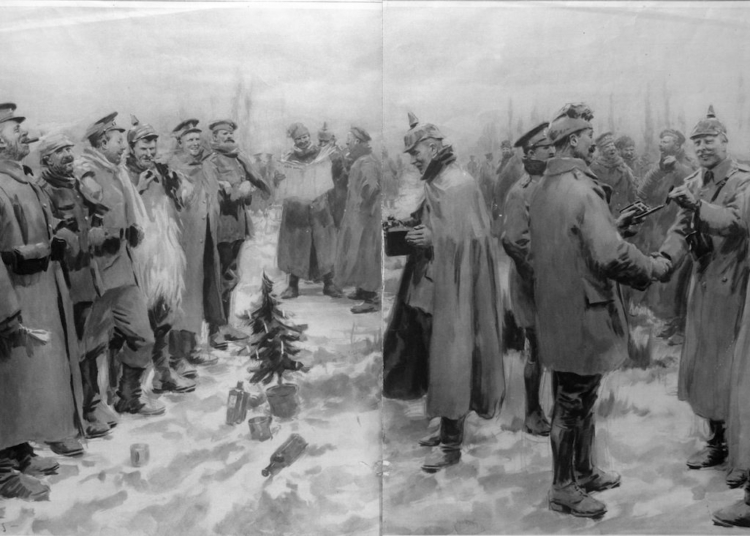

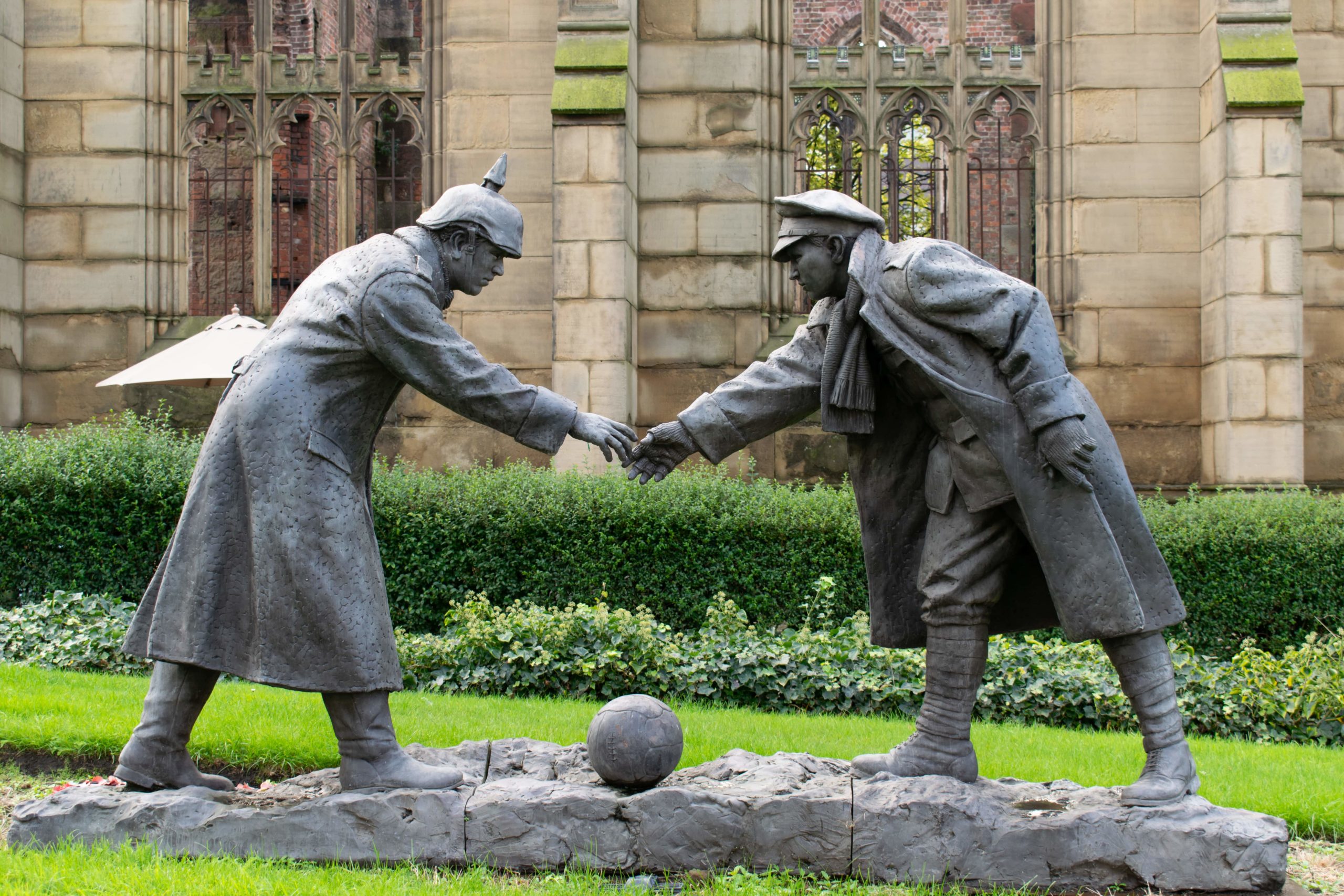
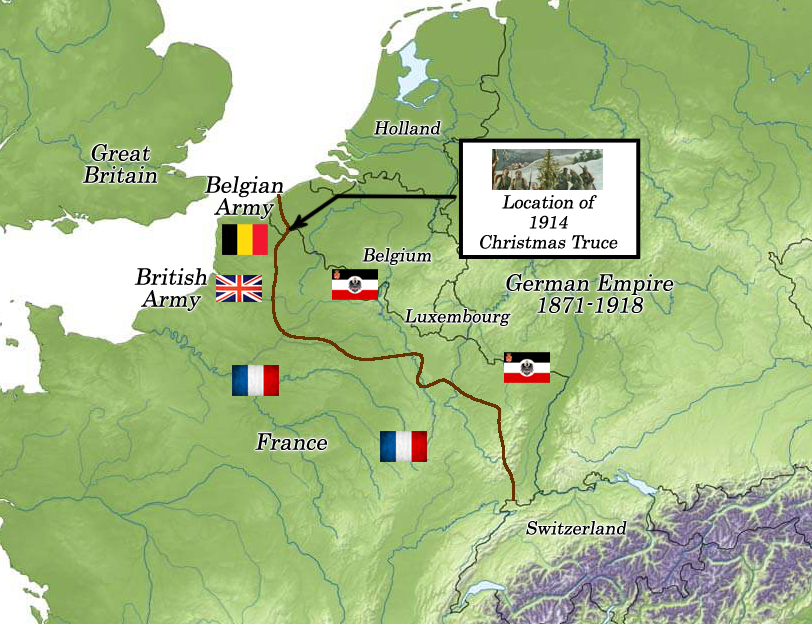
Closure
Thus, we hope this article has provided valuable insights into A Moment of Humanity on the Battlefield: Exploring the Locations of the Christmas Truce of 1914. We appreciate your attention to our article. See you in our next article!
Leave a Reply